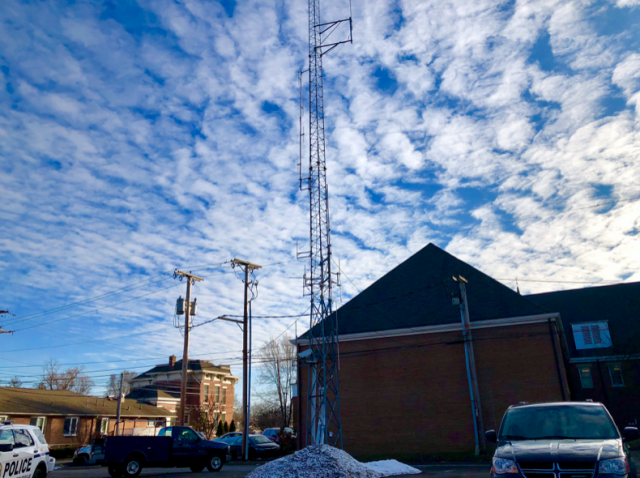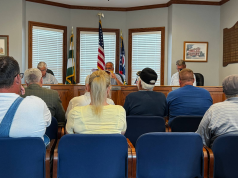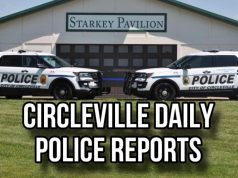
Circleville City Council’s Judicial Committee delved into a proposed cell tower next to City Hall and the Police Station, igniting debate over safety, aesthetics, and financial gain.
The measure would authorize negotiations with a private AT&T service provider for leasing the green space for the tower. While some council members saw improved coverage and safety benefits, others voiced concerns about potential health risks, long-term lease implications, and the tower’s visual impact.
Concerns Over Health and Aesthetics:
- Councilwoman Theis presented studies suggesting increased cancer rates near cell towers, raising concerns about residents’ health.
- She criticized the potential doubling of antennas with future expansion, leading to increased radiation.
- Council member Duvall echoed concerns about potential health risks and the “ugly” tower’s impact on the downtown aesthetic.
Arguments for Coverage and Revenue:
- Councilwoman Hedges highlighted the potential benefits for 14,000 residents and emergency services.
- She argued against fear-mongering without presenting the other side, suggesting inviting a cell tower representative.
- Mayor Blanton suggested hiring legal expertise to ensure fair negotiations and consider both sides before a decision.
Local Business owner Richie Verito said during the meeting that, we already have towers in the city, and mentioned the mini towers that are in several areas in the downtown area, he said that one of the reasons that Verizon members do not have 5G is because the towers are not maintained properly. He also commented the city would be getting an income of 24,000 dollars a year which isn’t a lot of money but you want the citizens to pay for a safety levy out of their income, while you turn down an income coming into the city.”
Circleville Fire Chief mentioned that they bring in a tower during the Pumpkin Show that is very similar to this tower. He told the Council that the new proposed tower would give Saftey forces better communications.
Next Steps:
- The committee forwarded the zoning code changes for council approval.
- No decision was made on the cell tower lease.
- Blanton suggested inviting the service provider to address concerns before further negotiations.
Editors Note in 2019 Verizon proposed a similar tower but the deal eventually fell through after concerns about historical aesthetics in the downtown.
Radiofrequency (RF) waves are a type of electromagnetic radiation that exists on the spectrum between visible light and microwaves. They are used in various technologies, including wireless communication (cell phones, Wi-Fi), radio and television broadcasting, and industrial applications.
Exposure to RF waves raises concerns about potential health risks, particularly long-term effects. This report aims to:
1. Understand RF exposure:
- Sources: Explain the different sources of RF exposure in daily life, including specific frequency ranges and intensities.
- Measurements: Discuss how RF exposure is measured and the units used (e.g., specific absorption rate, SAR).
2. Review scientific evidence:
- Summary of major research studies: Analyze key studies investigating the link between RF exposure and various health concerns, including cancer, neurological effects, and reproductive health.
- International guidelines and public health agencies’ recommendations: Summarize the safety standards and recommendations established by organizations like the World Health Organization (WHO) and the International Commission on Non-Ionizing Radiation Protection (ICNIRP).
3. Address public concerns:
- Common misconceptions and myths: Clarify common misconceptions about RF exposure and highlight the existing scientific knowledge gaps.
- Precautionary measures and risk management: Discuss potential ways to minimize RF exposure and manage potential risks.
4. Conclusion:
- Current state of knowledge: Summarize the current understanding of RF exposure and potential health risks, emphasizing the need for further research.
- Importance of responsible use and awareness: Encourage responsible use of RF technologies and awareness of ongoing research efforts.











